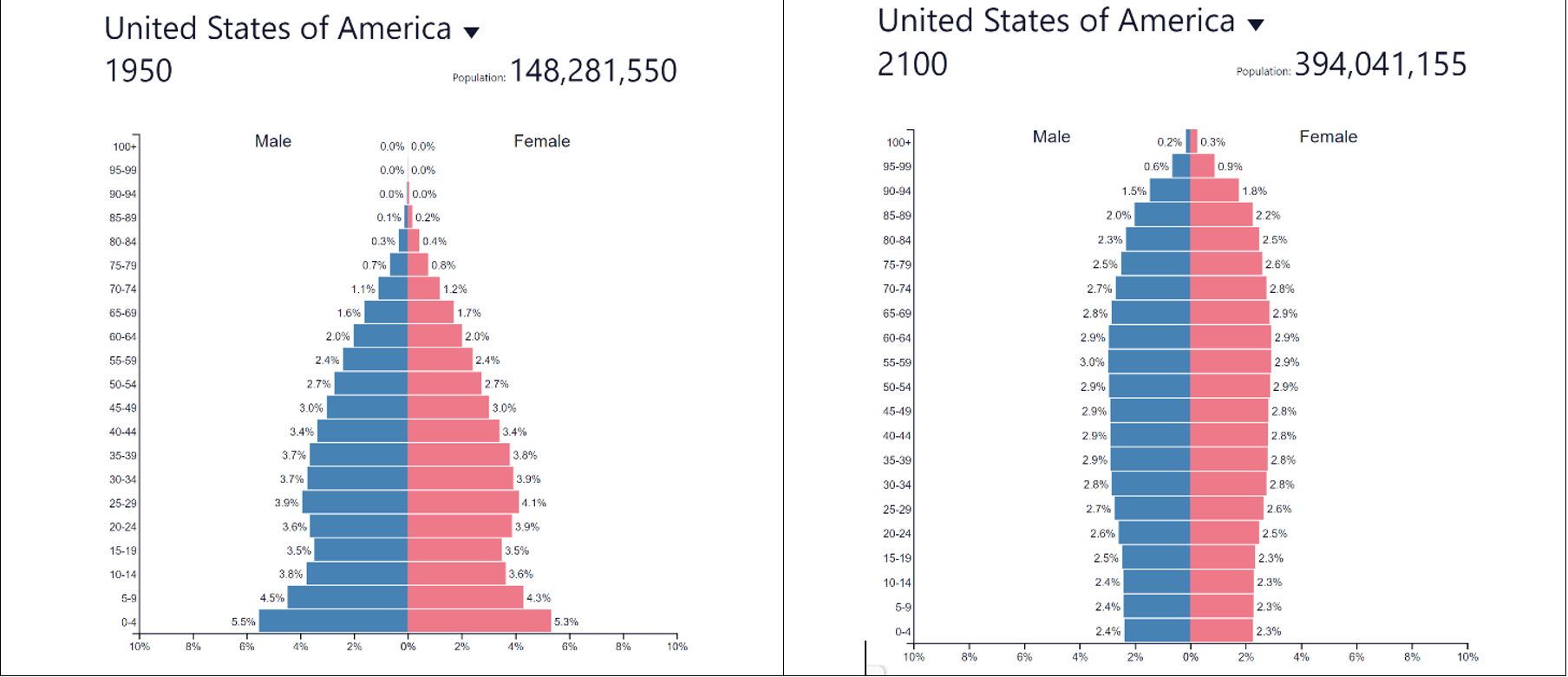The Social Security Board of Trustees[i] recently released their annual report on the financial condition of that system. The report showed a small improvement in the system’s performance from last year, but underscored the longer-term challenges it faces.
With improved employment, Social Security’s total income increased from $920 billion to $957 billion. It paid $916 billion of benefits and had expenses of $6 billion. The result was a $35 billion positive cash flow, up from $23 billion last year. This surplus increased the fund’s reserves to $2.85 trillion. These trust funds are invested in U.S. government bonds.
The current projections show that Social Security will continue to have a positive cash flow through 2021. After 2021, Social Security will have to start dipping into its reserves to pay benefits at the current level. The negative cash flow accelerates after 2021 as the full brunt of the baby boom retirees is felt. The reserve is projected to be completely exhausted in 2035. After the trust fund is depleted, the ongoing income will only cover about 77% of the current benefits.

I generally find that there is a lot of confusion over the state of Social Security’s finances and its future prospects. Young people frequently tell me that they are assuming they will never get any Social Security benefits because the system is going broke. That is clearly not the case.
Some of that confusion comes from a fundamental misunderstanding of how the system works and some comes from politicians’ hyperbole about the system’s condition.
One of the fundamental issues when analyzing any retirement system is whether it is a “pay-as-you-go” system or a “funded” system. In a pay-as-you-go system, no money is set aside from a worker’s current income to pay for future retirement system. Instead the benefits are paid by future workers. In a funded system, sufficient income is set aside by each worker to fund his or her retirement. In other words, retirement systems either rely on income transfers between generations or on savings set aside during the worker’s productive years.
For most of our history, societies have relied on systems that were essentially pay-as-you-go, with the burden of caring for the elderly mostly being organized by families or tribes. But as the demographic age pyramid began to steepen and there were fewer younger workers to support a growing number of retirees, we have increasingly moved to systems that rely more on savings and less on intergenerational transfers. Defined contribution pension plans represent the ultimate expression of the savings model.
Social Security has some elements of both, but is fundamentally an intergenerational transfer model. Most of the money we have paid into Social Security has not gone to create a savings account for us, it has gone to pay benefits to our parents.
However, it was also designed to have a bit of financial cushion to make sure it could weather financial downturns. So, in most years, Social Security has collected more than it has paid out, which has created the current $2.8 trillion reserve.
I have never been able to find a calculation of the Social Security’s “unfunded liability” as that measure is calculated for regular pension plans, i.e., the present value of future benefits that have been “earned” by workers less the current reserves. That is probably because future Social Security benefits are subject to adjustment by Congress where we generally assume that earned benefits in pension plans are sacrosanct (although as public employees are painfully learning, less so every day).
Social Security has estimated the amount that the present value of its benefits exceeds the present value of its future receipts and current reserves over a 75-year horizon. The report currently estimates that shortfall at $12.5 trillion, up from just over $11 trillion last year. In other words, if there is no change in the future to taxes or benefits, we would need to contribute $12.5 trillion to Social Security today to pay the scheduled benefits.
Of course, making 75-year projections is folly, especially when you consider that very small changes in the assumptions can make enormous differences in the outcome. But it is clear that we are on an unsustainable course and are either going to have to increase payroll taxes or decrease benefits at some point in the future.
The report gives some idea of the scale of the needed changes. It found that payroll taxes would need to be increased from the current 12.4% to 15.2% or that benefits need to be cut by about 17% (or some combination of the two) to close the $12.5 trillion gap. Those are not inconsequential changes, but they certainly do not amount to a catastrophic burden.
The report does make clear that the longer we wait to begin implementing changes to Social Security to make it sustainable over the long term, the more painful it will be. But having an adult conversation with the American people about Social Security and the changes we must make to it is something that our spineless politicians from both sides of the aisle are loath to do. Much easier to just continue to promise lower taxes and no reductions to benefits.
You can review a summary of the new report [here] or for a deeper dive the entire report is available [here].
[i] The Board of Trustees is comprised of the Secretaries of Treasury, Labor and Health and Human Services, the Social Security Commissioner and two public members appointed by the President. The public member seats are currently vacant.
[If you would like to be added to my distribution list, please send me your email address at weking@weking.net. Also, previous emails are posted at www.BillKingBlog.net]





